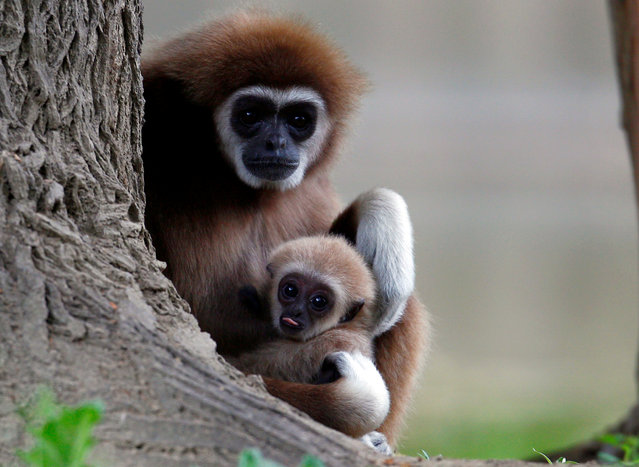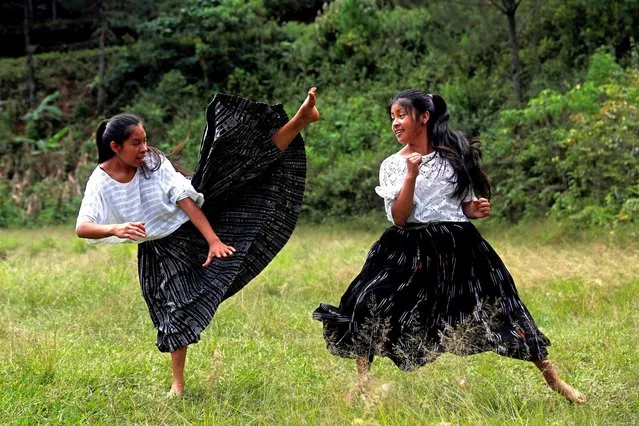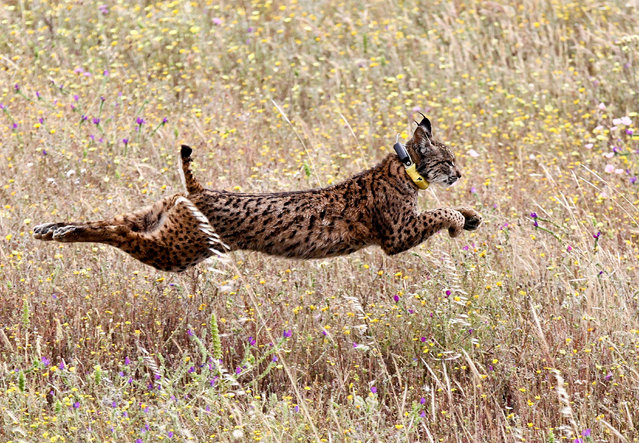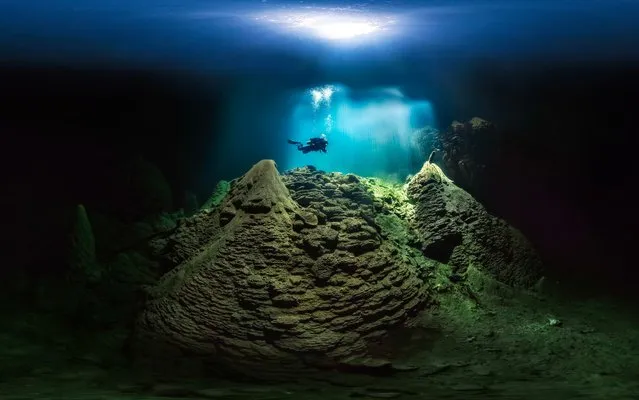
Racegoers in attendance on Ladies Day at Ascot Racecourse on June 21, 2018 in Ascot, England. Ladies Day is the biggest day in the racing calendar and brings with it all the glitz and glamour as those attending don their best outfits. Ascot Racecourse is steeped in Royal history, first founded by Queen Anne in 1711, with the first race in her honour held on August 11, 1711. This year’s Royal Ascot began Tuesday, June 19, with races every day until Saturday, June 23. (Photo by South West News Service)
23 Jun 2018 09:36:00,post received
0 comments







